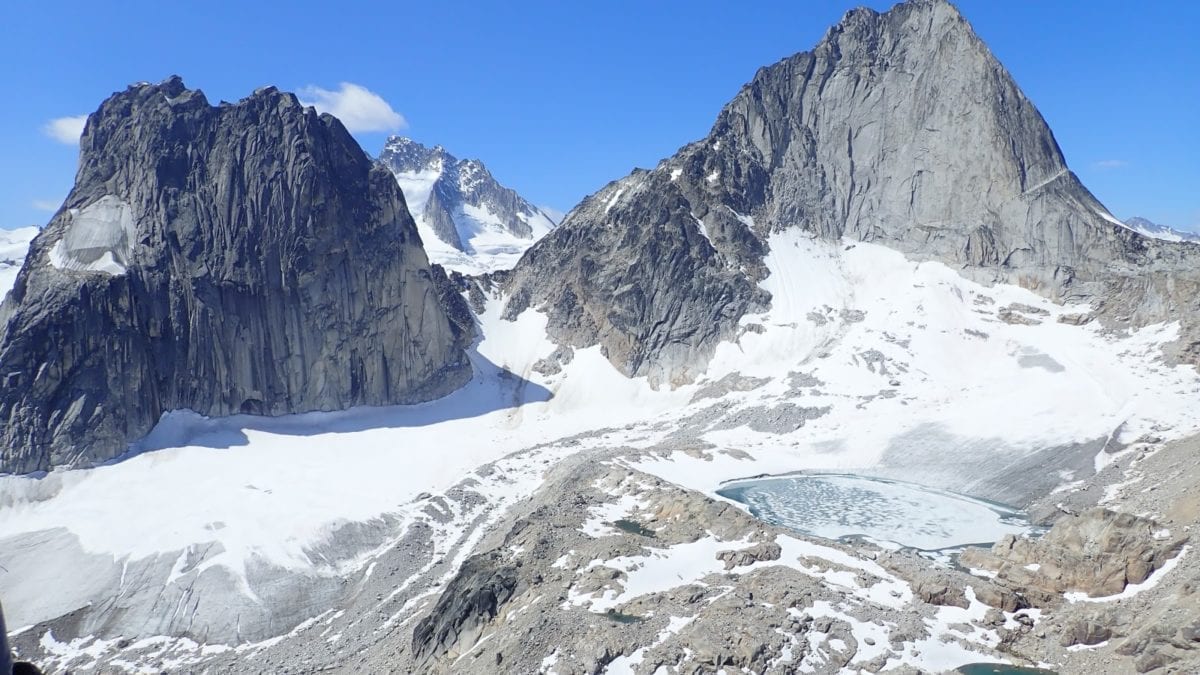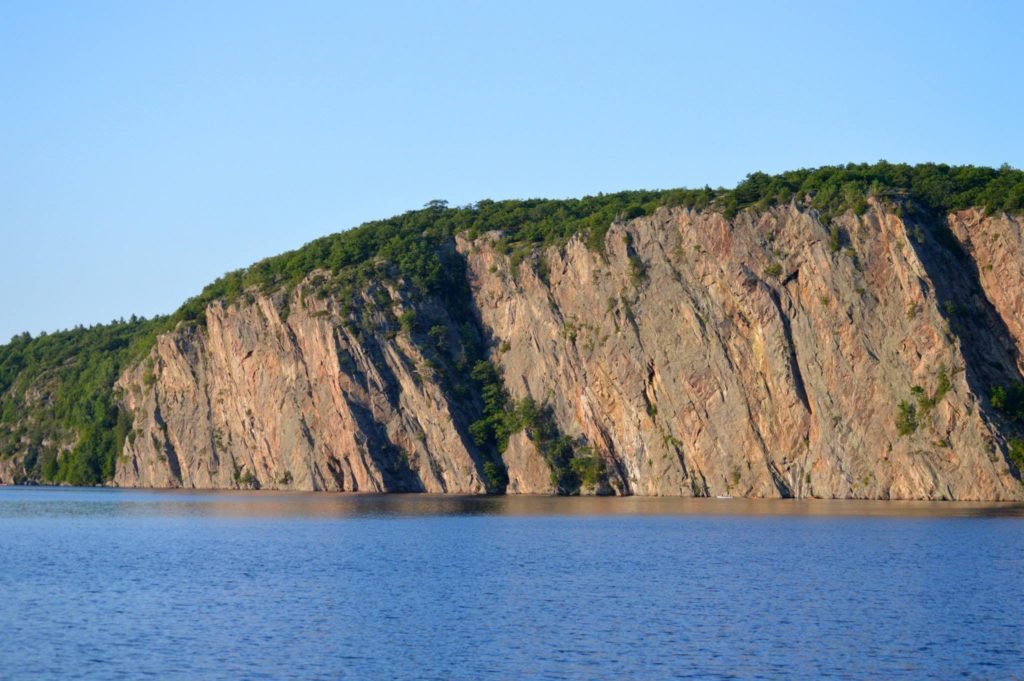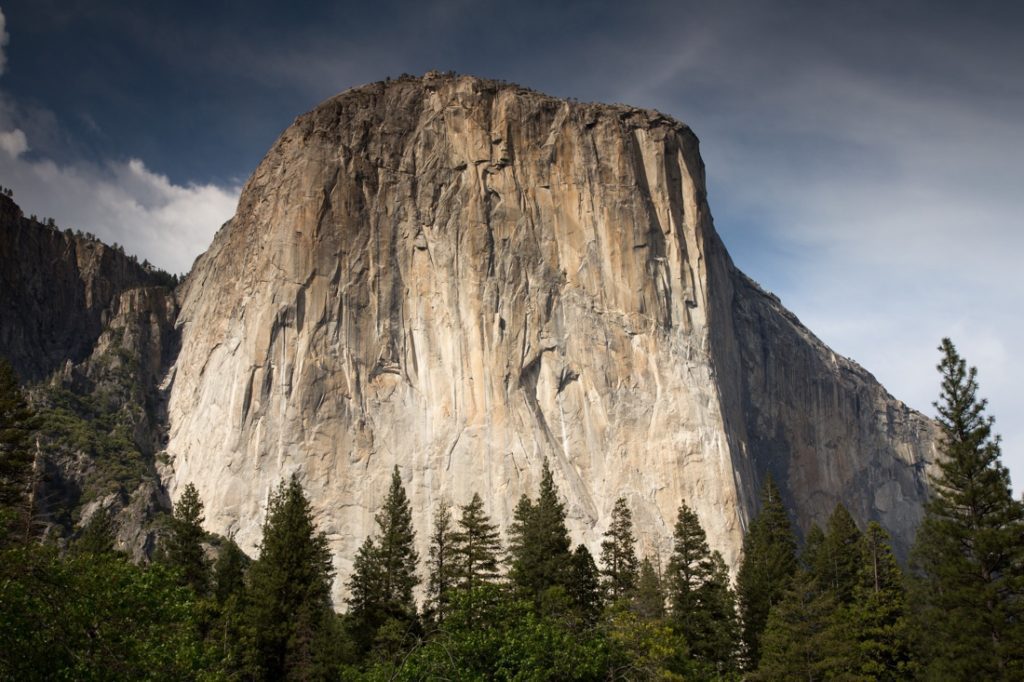A Top Canadian Climber’s Struggles With Mental Illness
Mike Tschipper was one of Canada's leading rock climbers in the 1970s, but his life changed at a party in 1982

Ontario-based Mike Tschipper was part of a group pushing the national standards on rock, big-wall and alpine climbs in the 1970s. Many climbers at the time considered them the Canadian equivalent of the legendary Stonemasters of California: hard climbers, powerful and revolutionary in their achievements.
Tschipper took acid at a party in Squamish in the early 1980s and ended up with an incurable illness and in a special-care home in Newmarket, Ont., for the rest of his life.
Ernst Tschipper, Mike’s dad, wrote letter to the Canadian Alpine Journal in the late 1990’s saying that Mike read the journal every year. The editor, Geoff Powter, replied and asked if his son could write his story; which Mike did. The following letter was published in the 1999 Canadian Alpine Journal, which you should subscribe to here.
Mike’s Story
I first saw mountains when I was eight years old. The place was Switzerland. It was a warm summer day when they came into view as we were driving deeper into the country and got closer to the Swiss Alps. That was one of the most exciting moments of my life. During that summer of 1969, we actually climbed some of those mountains, and they were etched into my mind forever.
Then, in 1972, I took another vacation to Switzerland. I was 11 years old, and my dad and I climbed some more mountains. Of course these were quite easy, all having well-marked trails to the top, but I climbed them.
When I was 15 and had finished junior high, we once again flew to Switzerland for a summer vacation. That time, I bought a book by Chris Bonington and that was it — enough waiting! I read and reread the book; I was hooked.
The moment we returned to Canada, I joined the Toronto Section of the Alpine Club of Canada. One day in that fall of 1976, I met Rob Rohn on a bus to Rattlesnake Point. Rob had also become a member of the Toronto Section, and together we set about the task of conquering the limestone crags along the Niagara Escarpment. What a thrill it was climbing with Rob. He was a lot stronger and easily tired me out on some tough and tougher routes. In all my climbing years, I was never able to outdo his strength, but I tagged along nicely.
We both slowly developed strength and style. Rob was constantly working out at the gym, running and doing pull-ups, but I suppose I was a bit lazy, never going further than keeping my fingers strong by using a hand clamp. Every weekend during that fall of ‘76, we went to Rattlesnake Point — even on rainy days, hoping it would clear up in the afternoon.
Then Dave Lanman came along. In 1977, I turned 16 and Dave was only 15, but he was doing harder climbs than me. He was a natural-born climber: very slim, not too tall, and light. I got along well with Dave, and we climbed many, many routes together. My motivation for climbing grew; I just wanted to be the best at it.
We even climbed through the winter that year, just waiting for the warm days, and with every time out we slowly got more and more proficient at the game.
In the summer of 1977, we moved on to the 300-foot cliffs of Bon Echo Provincial Park, about 180 miles northeast of Toronto. We stayed at the beautiful ACC hut there, and things were looking pretty good. We made great leaps forward in our climbing skills as we “soared” into the 5.9 grades, pretty good for the time.

That summer, we climbed all the hard routes — Mother Fletcher’s Overhang 5.9, The Joke — and classics like Sweet Dreams 5.8 and The Entertainer 5.9.
Rob went to Yosemite that same summer and wrote back to me tales of getting totally pumped out on difficult 5.11 cracks, using only fingers and feet to grasp with. I must admit I was a bit jealous. In my entire climbing career, I was never able to go beyond a 5.11d climb.
While Rob went west to California’s Yosemite Valley, I went east to Newfoundland. I was with a couple of high-school teachers exploring 1,000-foot cliffs along the western shore of the island. Together we made a few first ascents, though nothing harder than 5.7. It sure rained enough, and we argued about things and ran out of money. We climbed Mount Gros Morne and did a bit of sea-stack climbing.
But all I really wanted to do was go rock jocks were hanging out. When Rob returned from Yosemite, we spent many warm afternoons together dreaming about Yosemite and practising at Rattlesnake Point for the really big routes.
In 1978, I was 17 and almost ready to quit high school. By June I was on a Greyhound bus — direction: Yosemite Valley, California, the greatest rock-climbing area in the world. We climbed many routes in the Valley that summer, and I managed to do my first multi-day climb, the South Face of Washington Column. It wasn’t a very serious climb, but I was learning.
In the summer, it becomes incredibly hot in the Valley, so a fellow climber from Toronto, George Manson, was able to convince us to go on a “mini-expedition” away from the searing heat. This escape would also include Tom Gibson from San Diego, Rob Rohn and me. The destination: the Cirque of the Unclimbables.
We spent about three weeks in this lush alpine setting, and it took many rainy days of waiting for the chance to get at our goal: the Lotus Flower Tower. We eventually made the first free Canadian ascent of this wall. It took only two days to climb, and at the time it was considered quite a feat by Canadian standards.
The next year, 1979, was a pretty good year; I was growing up, and so were all of my climbing buddies. We were climbing at a high standard, things were pretty cool, and we succeeded on climbs. Yes, I remember 1979. I was doing another multi-day climb, again on Washington Column, but it was hot — very hot. We ran out of water after one day, and I just about passed out at the top after almost two days without water. I nearly promised myself I would never climb again, but after drinking about a gallon of water on the easy way down, I was convinced it was only going to get better.
A few days after the water incident, I was teamed up with John Stoddard, an American, to try the Salathe Wall on El Cap. It took us three days to climb the Salathe route — pretty good speed in those days.

A bit later, I left the Valley for summer work in Germany. After working for nine weeks, I travelled and attempted some climbs, including a very difficult ice route up a steep face on Mont Blanc, most likely a first for a Canadian. I also made an attempt on the North Face of the Eiger, but my partner was hit by falling rocks while still on easy ground — probably a stroke of good luck for both of us. We were smart enough to lower off.
I came back to Canada and got myself a job as a service-station attendant. That was it! I was out of high school forever.
Everyone on our team were still climbing: Dave Lanman, George Manson, Rob Rohn, Steve Labelle (a really funny guy). During the winter months, we became more active in ice climbing as well as rock climbing, practising for the big ice routes out west in the Rockies. What a bunch of climbing bums we were turning into!
In the spring of 1980, I went with Rob to Colorado — where we made the first Canadian ascent of the Naked Edge — and then on to Yosemite. After spending a few weeks in the Valley, we made our way back to Canada and arrived in the Bugaboos by August.
There we heard over the radio that our buddies George Manson, Al Chase, Dave Carrol and Sean Lewis had gone missing on the Cassin Ridge on Denali. It came as quite a shock. Four of our buddies had disappeared without a sign.

I continued to return to Yosemite over the next two years, making ascents of Electric Ladyland and The Zodiac and doing the second ascent of South Pacific on El Cap. I also returned to the Bugaboos, where we completed the first free ascent of the East Face of Bugaboo Spire. [Tschipper and Ward Robinson also made the first free ascent of Seventh Rifle on North Howser at 5.10c, it’s now graded 5.11b]
In August 1982, I was rock climbing in Squamish again and I took a hit of LSD. The next day, I began to hear voices. I was diagnosed with schizophrenia. Now, 17 years later, I live in a special-care home in Newmarket, Ontario. I take daily medication. I have a blood test every two weeks.
It really amazes me to see how the standards have risen in rock climbing, in ice climbing, and in big-wall climbing in places like Pakistan and Baffin Island. When I look back at some of the days we had almost two decades ago, it makes me happy.
I am happy for the fact that I got into the sport on rock, ice and mountains, and I remember the bliss I felt then. Even though I am mentally ill now, my climbing can still make me feel good about myself. I had the mountains in my life for six years, and they are with me forever.



